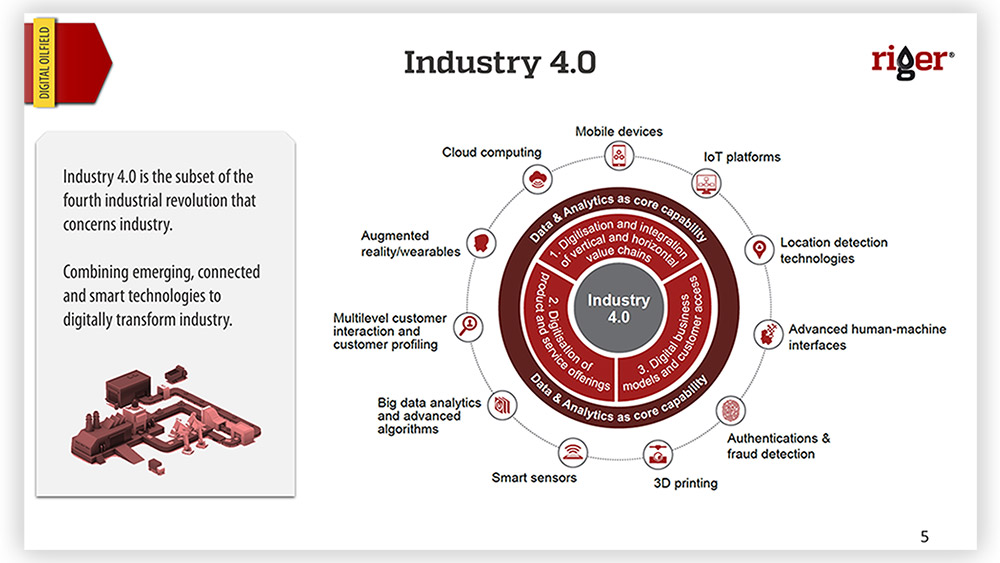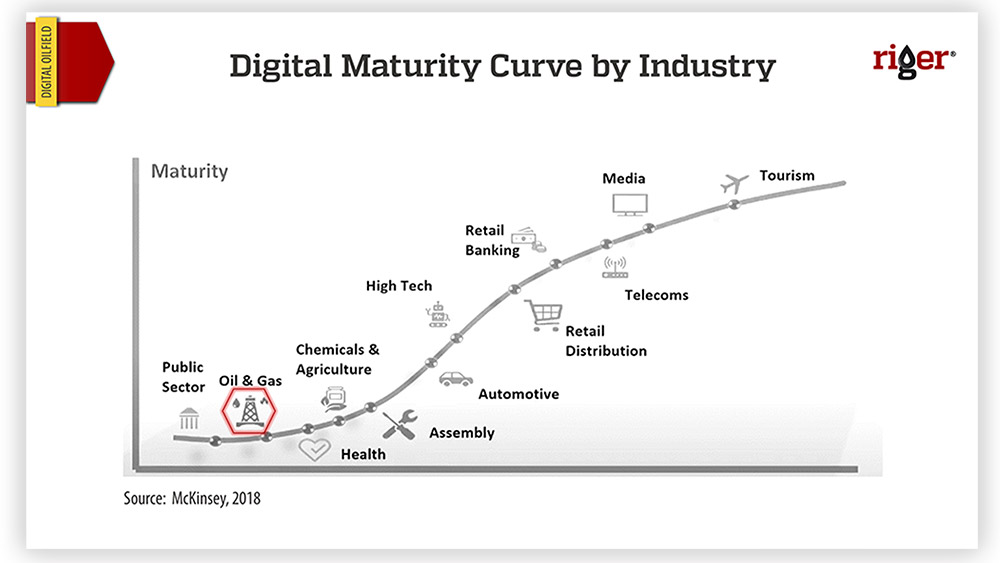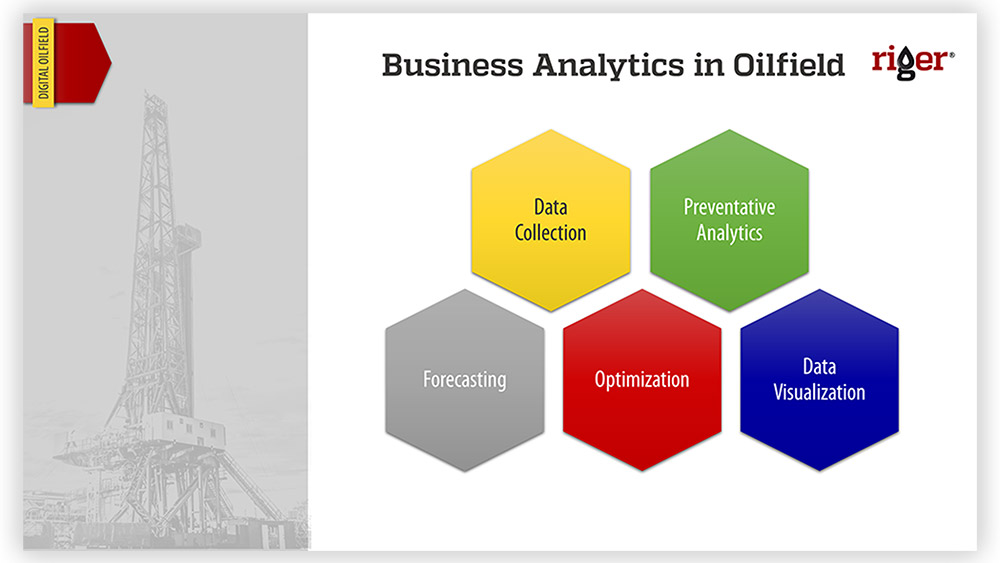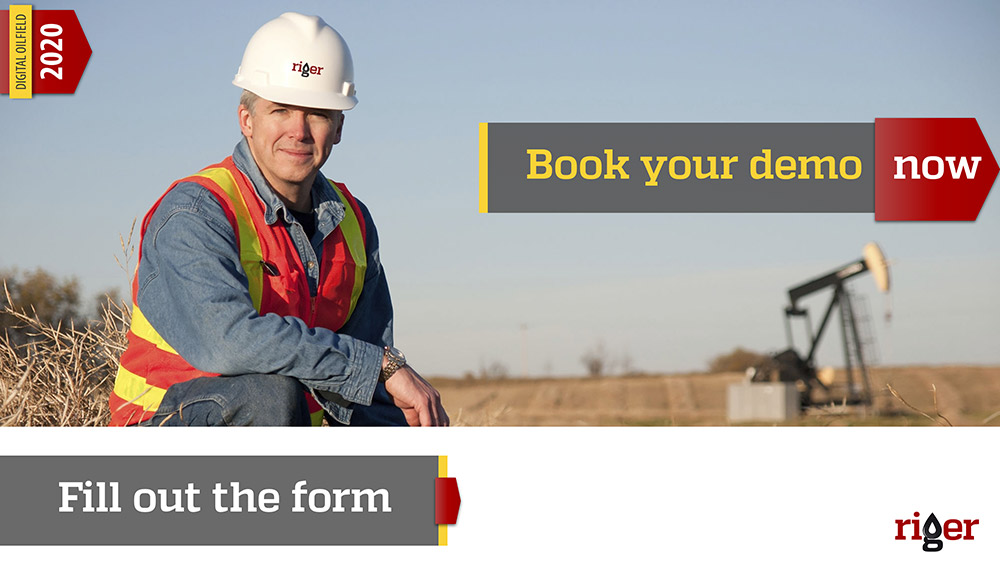Let’s have a look into 5 ways that business analytics can assist OFS/OFR companies.
1. Data collection. It is the process of gathering data, organizing, and representing it in an understandable and structured format. This part is a foundation since all the conclusions and insights from data analysis depend on the accuracy and quality of data used. It is important to accurately record all the data from different resources and different people and organize it in one centralized system. For oilfield service and rentals companies that means keeping all information about their purchases, sales, inventory, field operations, equipment rentals, etc. up-to-date and in one easy to use system accessible from anywhere they operate.
2. Preventative analytics. The main concern here is to “stop before it happens”, whatever that is. As faulty or unreliable equipment is often a cause of work-related accidents or interrupted jobs in oilfield, having data on equipment condition before or during the job could improve safety and reduce risk of equipment failure.
3. Forecasting. With analytics oilfield businesses get a forecasting ability, which makes them more flexible and prepared for possible future risks. There could be lots of different types of forecasts for OFS companies. Like company revenue forecast, that includes short-term and long-term forecast based on different factors inside of the industry alongside with a number of more specific, non-industry-wide factors. Another thing is material, components, parts and units demand forecast. Tools used here can analyze all company activities in terms of customer demands and manage all company resources via data processing.
4. Optimization. Business analytics provides companies with insights into their operations, including data, processes, workflows and people, to help operations perform at maximum efficiency. It analyzes current state of business processes to get a baseline for process improvements and identify key problem areas to be addressed.
5. Data visualization. It is a representation of data using visual elements, such as charts, graphs, maps that helps understand trends and analyze massive amounts of information to make data-driven decisions. When it comes to data visualization in the oilfield, using that reduces the possibility of overlooked defects or mistakes that can be costly.



